Most of the administrative place names in Vietnam are based on Sino-Vietnamese words. These names either express a wish, with elements such as Phuc, Loc, Tho, Khang, Ninh, Yen, Binh, Hoa, Thuan, My, Le, etc.; or indicate geographical directions, with elements such as Dong, Tay, Nam, Bac, etc.; or indicate natural landscapes such as Son, Ha, Giang, etc.
However, there are some administrative place names that cannot be explained in Sino-Vietnamese terms, such as Da Nang and Nha Trang, and there are also place names that are written in a different way from the common national language spelling, such as Dak Lak, Tak Po, and Ea Sup. These cases originate from the use of Chinese characters or national language characters to write place names according to the pronunciation of local people (dialect).
In the past, when officials went to localities to record geographical records or establish villages, they heard that the names pronounced by the locals did not sound like Chinese, so it was impossible to copy them into Chinese characters.
The situation forced us to use Chinese characters with similar sounds to record. Sometimes we could find a Chinese character that had a similar sound to the name in the local language and also had a reasonable meaning; but sometimes we could not find such a perfect Chinese character, so we had to record it according to the local pronunciation to the best extent, for example, using the character 沱 (Sino-Vietnamese reading is Đà) to record the sounds /đà/, /đak/ of the local language; or using the character 芽 (Sino-Vietnamese reading is Nha) to record the sound /ea/ of the local language. When the national language was introduced, these place names were recorded using national language characters, for example, the sound /đà/ was recorded as Đà (in the word Đà Lạt).
But because the dialect is different from the common Vietnamese pronunciation, sometimes we have to "create" a new character combination that is not in the common Vietnamese alphabet. For example, the sound /đak/ is written as Đắk (in the word Đắk Lắk), or as Tắk (in the word Tắk Pỏ); the sound /ea/ is written as Êa (in the word Êa Súp).
What is the meaning of the place names Da, Dak, Tak, Nha in the local language (dialect)? The Central region of Vietnam used to be the mixed residential area of ethnic groups speaking languages belonging to the Austroasiatic language family (Co Tu and Ba Na languages) and the Austronesian language family (Chamic languages). These ethnic groups had a common way of thinking of naming their place of residence according to a nearby water source.
For ethnic groups belonging to the Co Tu and Ba Na language branches of the Austroasiatic language family, water sources (rivers, streams, lakes) are called by a word with a similar sound /đa/ or /đak/. In the area where /đa/ is pronounced, this name is transcribed into the national language as "Đa", in the area where /đak/ is pronounced, it is transcribed into the national language as "Đắc" or "Đak". In fact, the sound /đ/ in the speech of some ethnic groups of the Co Tu and Ba Na language branches is not exactly the same as the sound /đ/ in common Vietnamese but also has similarities to the sound /t/.
Therefore, when transcribed into common Vietnamese, it is sometimes transcribed as “Tak” instead of “Dak”, as in the case of Tak Po town, Nam Tra My district, Quang Nam province. In addition, there are currently a few place names and administrative units that are directly translated into the national language as “Nuoc Oa”, “Nuoc Vi” (Bac Tra My district, Quang Nam province).
For ethnic groups belonging to the Chamic branch of the Austronesian language family, water sources (rivers, streams, lakes) are called by a word with a similar sound /ê-a/ or /ia/. In the past, when using Chinese characters to record, people recorded this sound with the character 芽 (Sino-Vietnamese pronunciation is Nha) in the case of the place name Nha Trang. Nowadays, many localities in the Central Highlands use the writing method "Êa" to record the sound, for example Êa Kar, Êa Sup, Êa H'Leo (Dak Lak province).
In short, although the meaning of administrative place names such as Da Lat, Da Nang, Nha Trang, Dak Lak, Tak Po is difficult to explain in the system of place names in general, these place names are the cultural cornerstones remaining through the long erosion of the flow of history. Entering the new era, there will be a merger of provinces, cities, communes, and wards. The names of many administrative units will change. Hopefully, some of these ancient names will be retained to name new administrative units, preserving the history of a land with rich cultural origins of many ethnic groups.
Source: https://baodanang.vn/channel/5433/202504/hieu-them-ve-dia-danh-co-yeu-to-da-dak-tak-nha-ea-4003517/


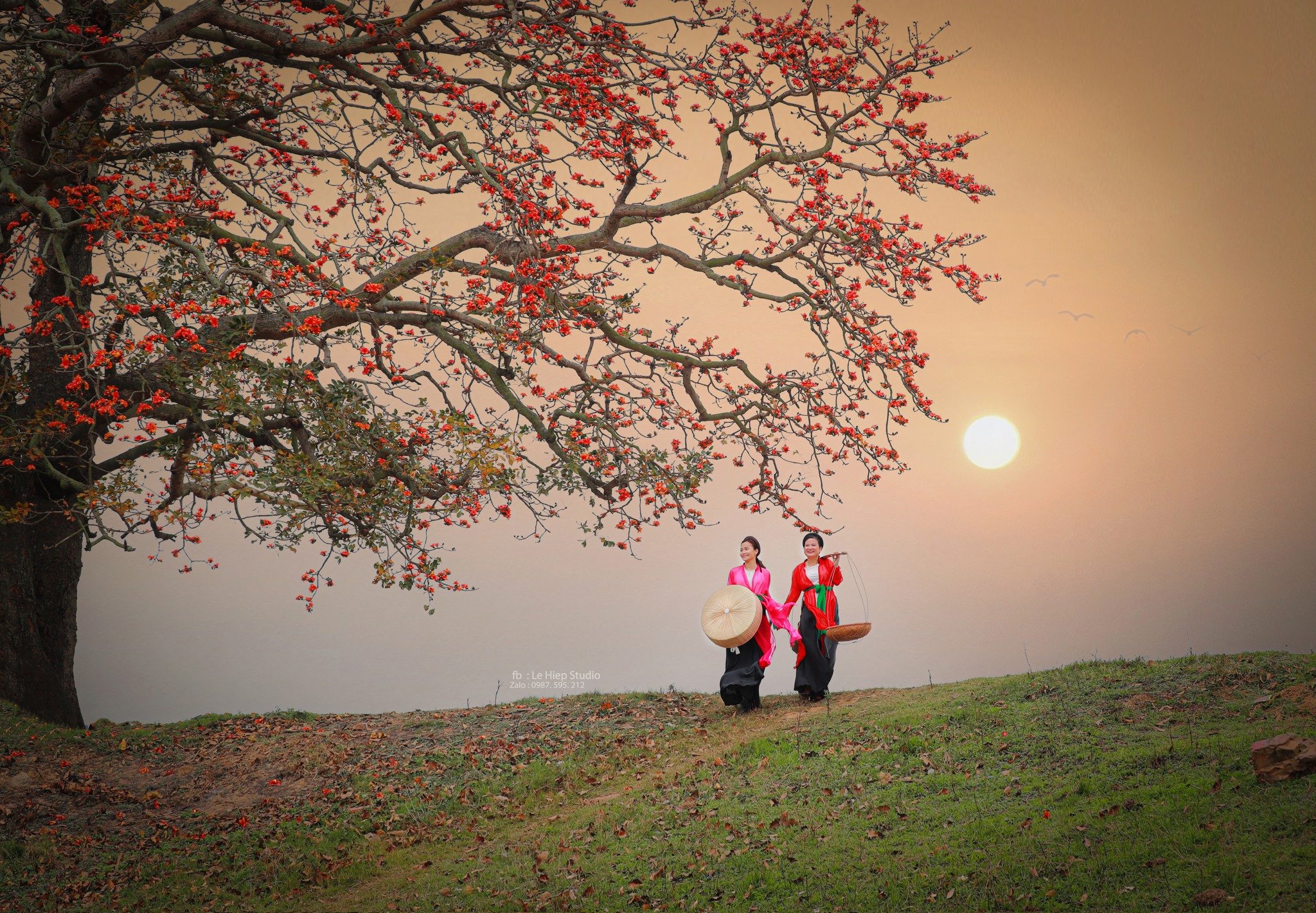
![[Photo] National Assembly Chairman Tran Thanh Man attends the ceremony to celebrate the 1015th anniversary of King Ly Thai To's coronation](https://vstatic.vietnam.vn/vietnam/resource/IMAGE/2025/4/13/6d642c7b8ab34ccc8c769a9ebc02346b)
![[Photo] National Assembly Chairman Tran Thanh Man attends the Policy Forum on Science, Technology, Innovation and Digital Transformation](https://vstatic.vietnam.vn/vietnam/resource/IMAGE/2025/4/13/c0aec4d2b3ee45adb4c2a769796be1fd)

![[Photo] Prime Minister Pham Minh Chinh chairs the Government's special meeting on law-making in April](https://vstatic.vietnam.vn/vietnam/resource/IMAGE/2025/4/13/8b2071d47adc4c22ac3a9534d12ddc17)










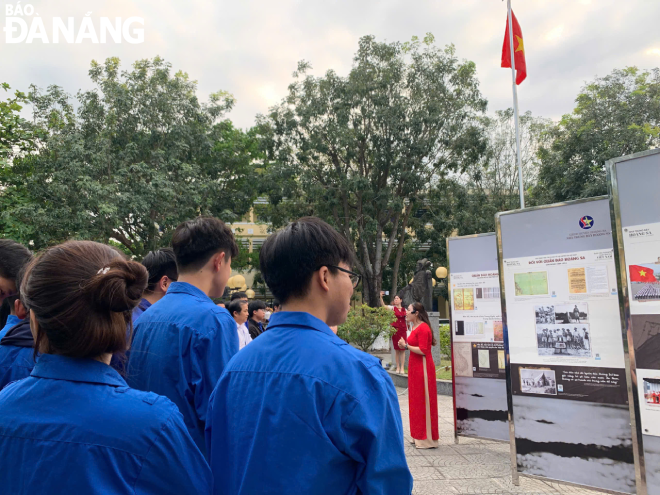




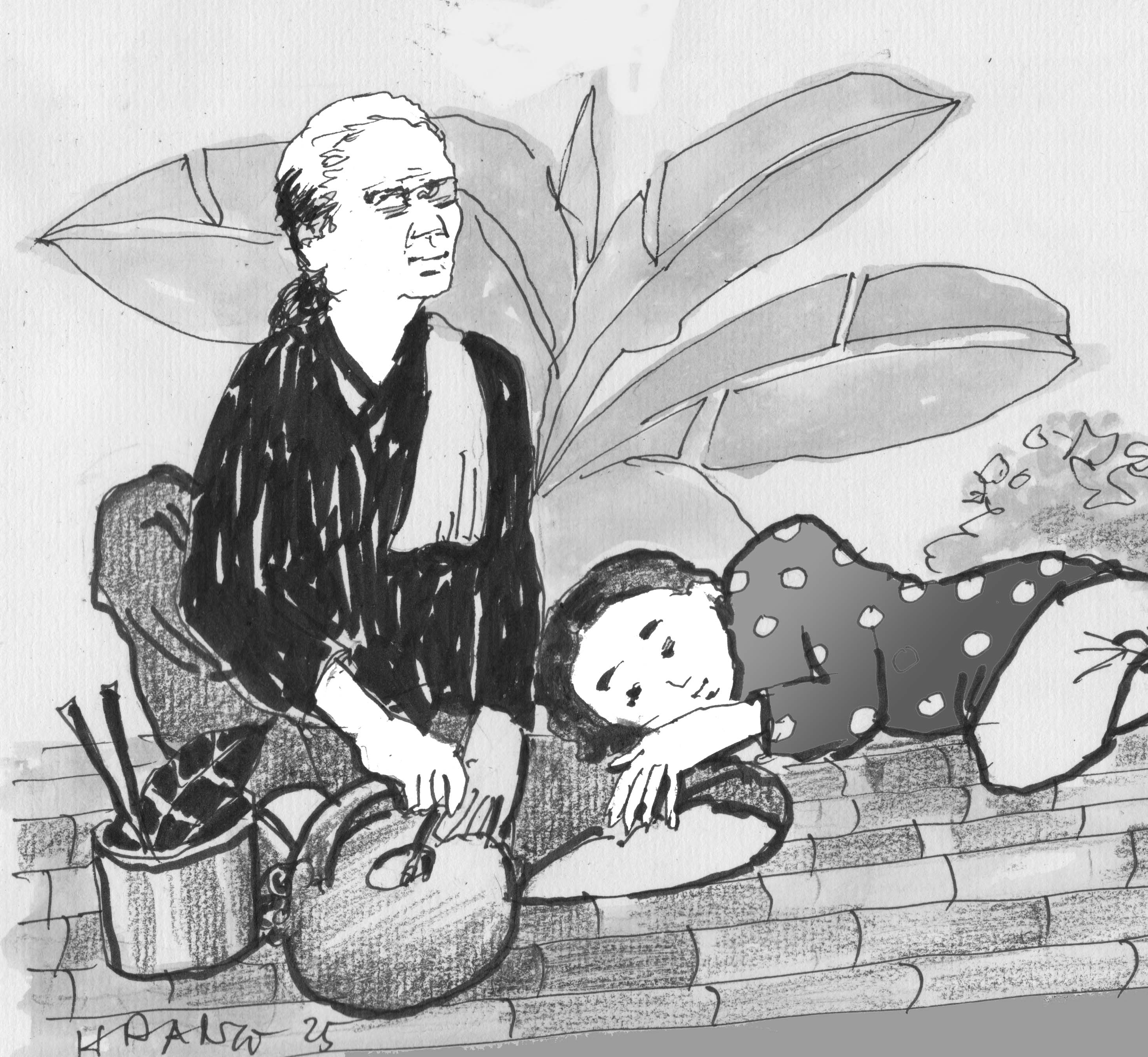
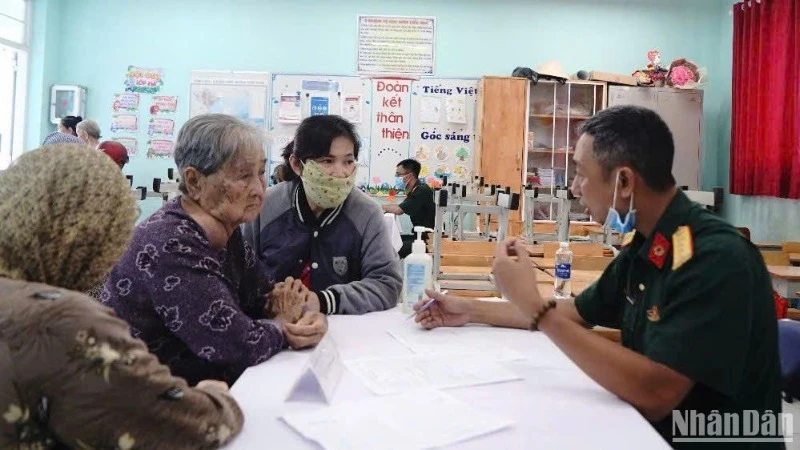












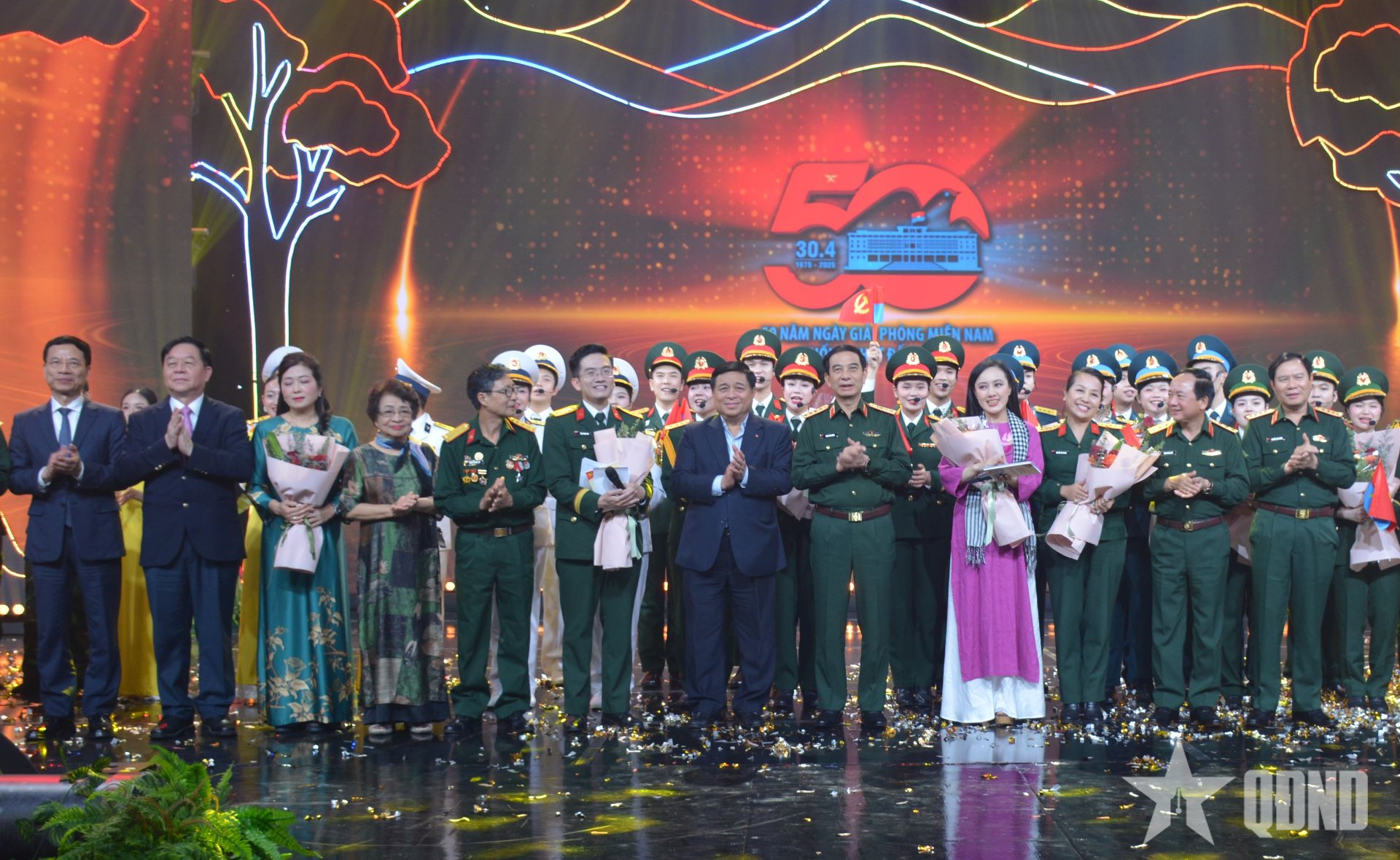

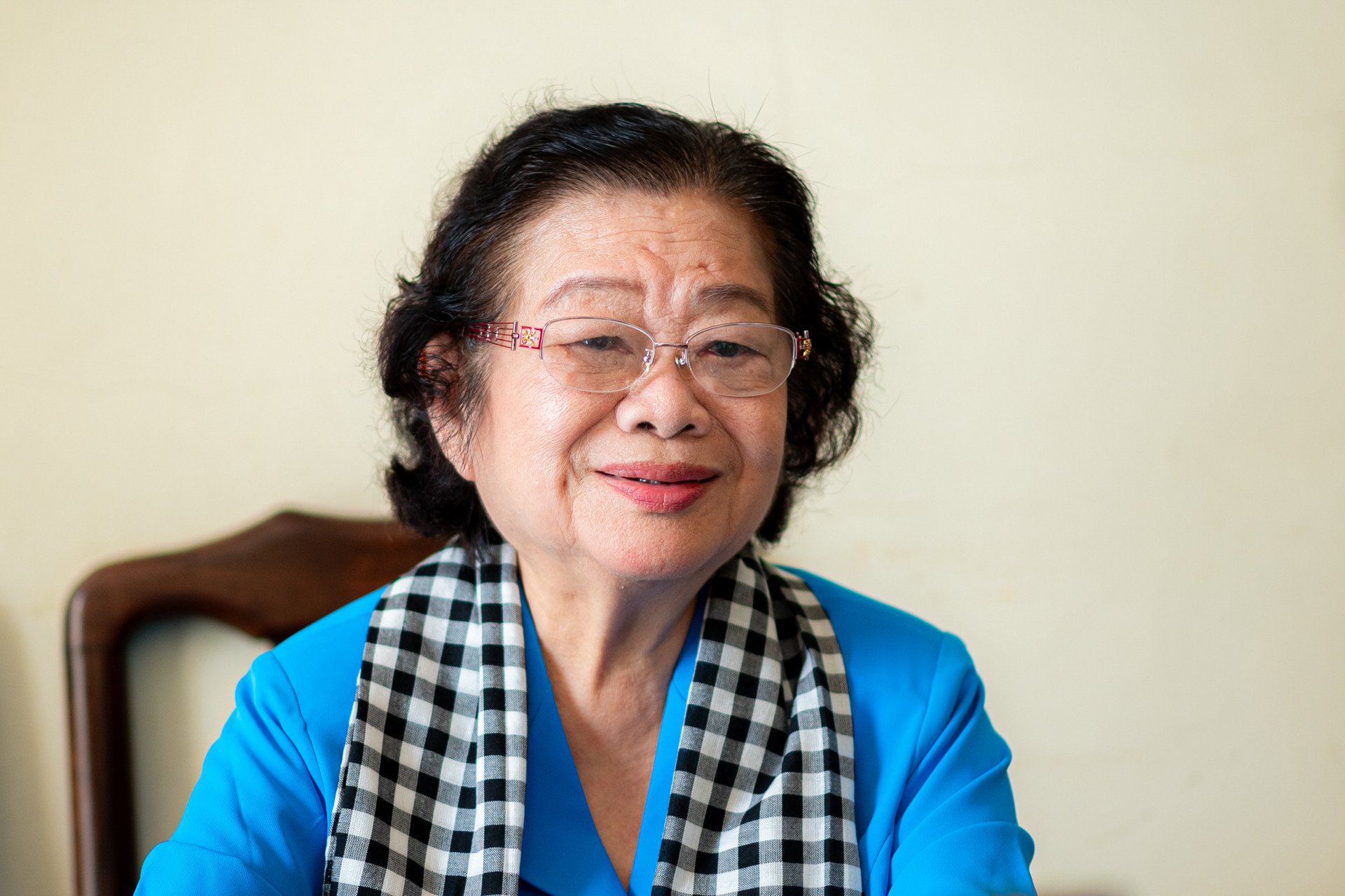























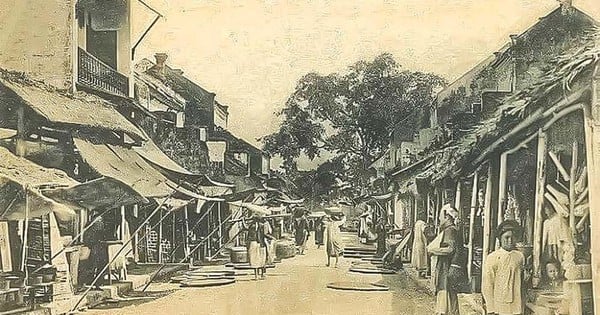

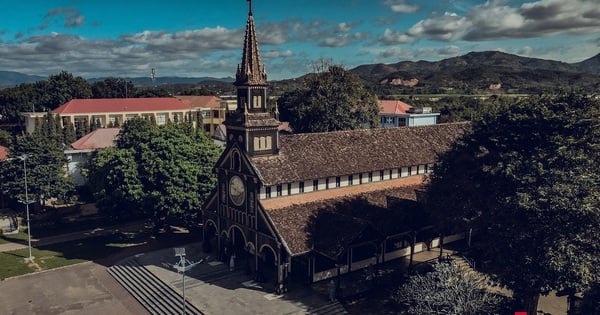








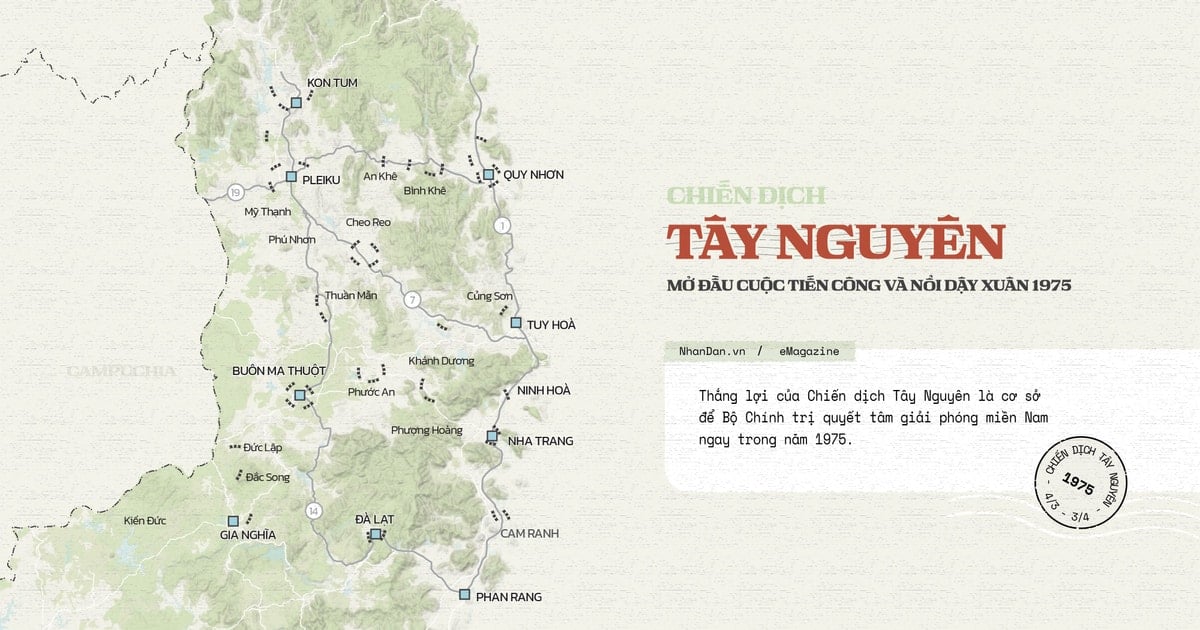
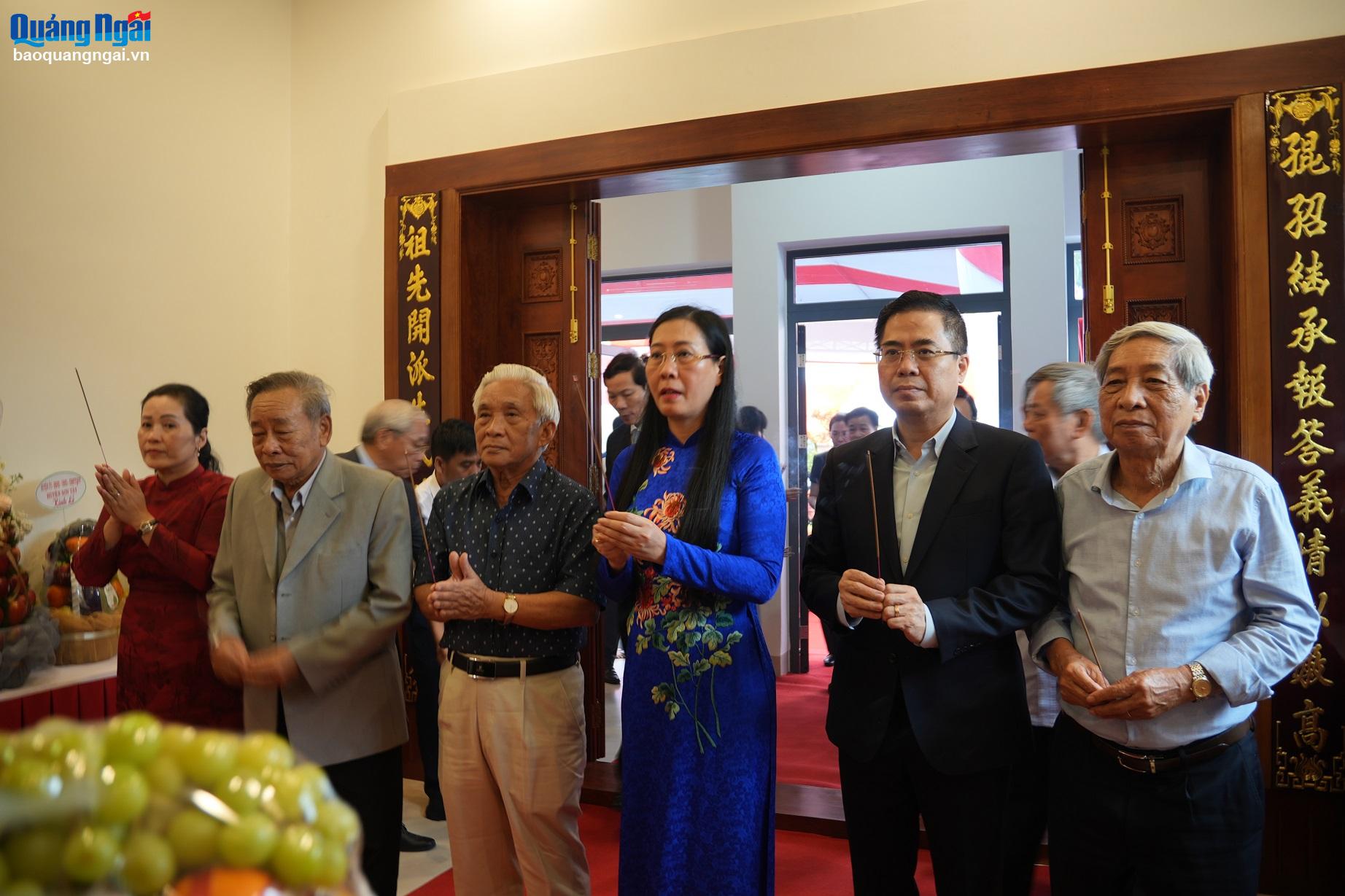
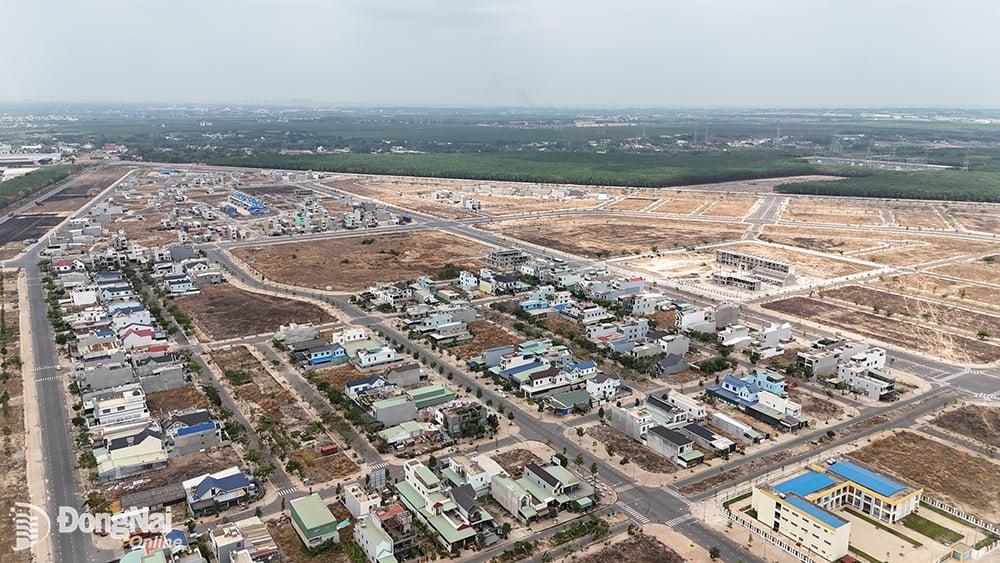

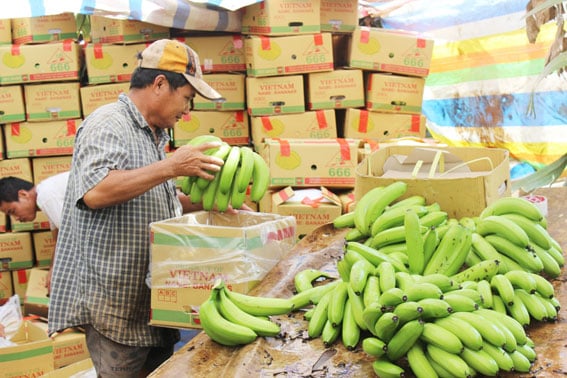











Comment (0)